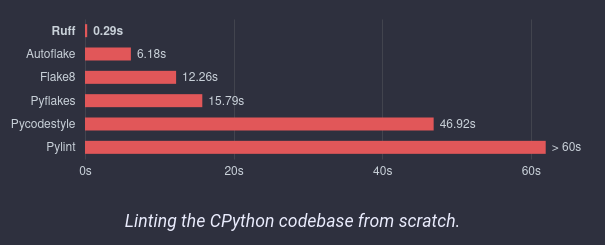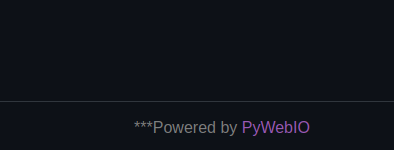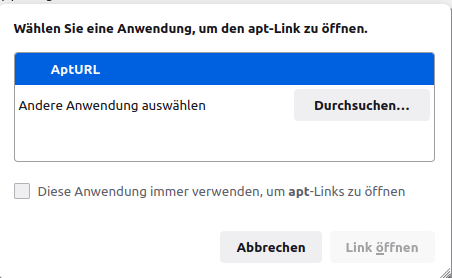Pycharm - Interpreter Settings
Python3
1
Beiträge
1
Kommentatoren
197
Aufrufe
-
Ok, da ich ja öfter mal die Distribution wechsle, lande ich öfter bei dem Problem, das meine Projekte nicht mehr wollen

Ich lösche dann den ganzen virtuellen Kram und starte neu.
python3 -m venv venv source venv/bin/activate pip install -r requirements.txtIch hatte danach einen lästigen Fehler, irgendwas war mit den Interpreter Settings falsch!? Komisch und ich habe mal wieder lange gesucht, weil man da so selten dran muss.
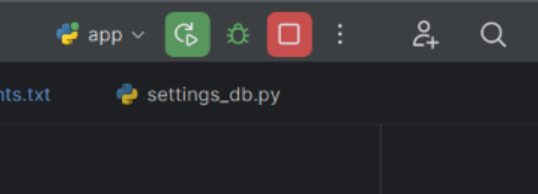
Auf die drei Punkte klicken (Hamburger Menü) Auf Edit klicken.
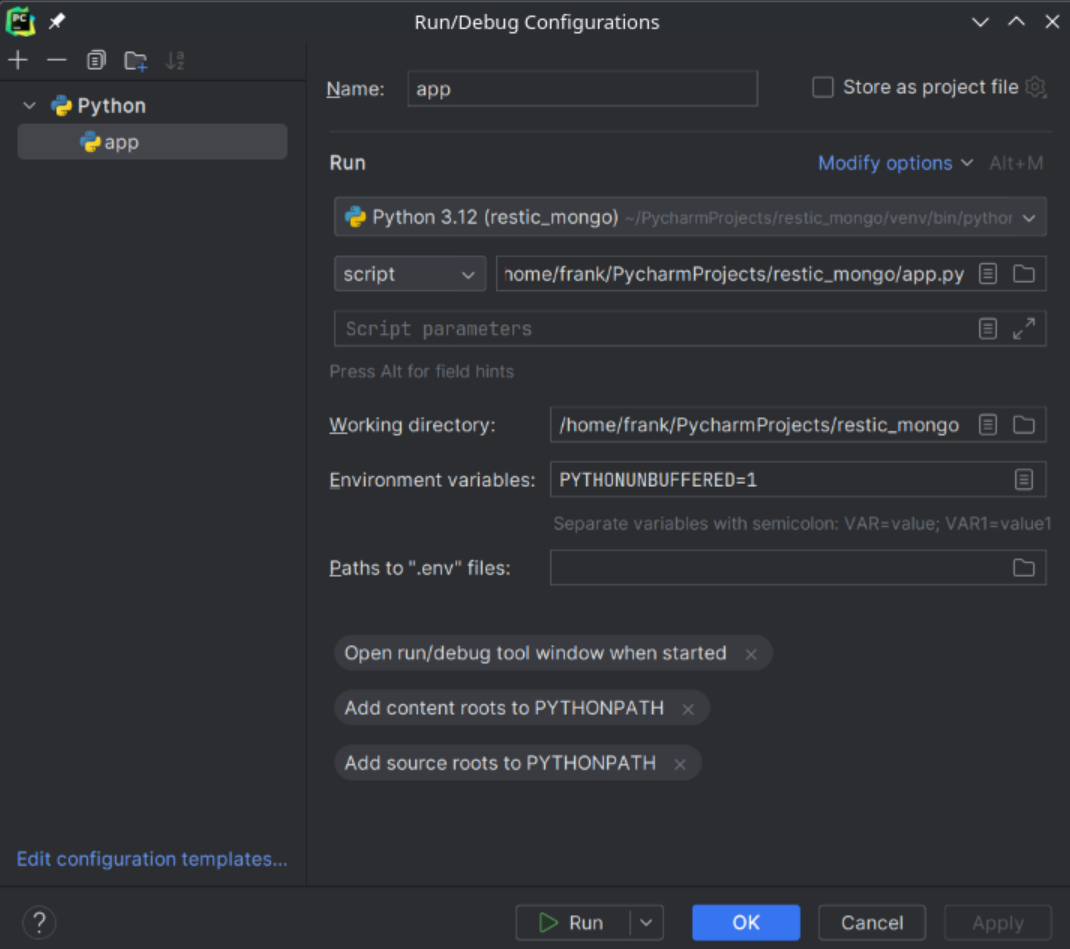
Und hier versteckte sich der Fehler. Da stand der Run Befehl noch auf einem 3.11er. Da ich aber jetzt auf einem Manjaro Desktop unterwegs bin, der hat Python 3.12, knallte das imemr. Jetzt startet das Projekt wieder, wie es soll.
Ja, Python kann nerven

-
 F FrankM hat am auf dieses Thema verwiesen
F FrankM hat am auf dieses Thema verwiesen


